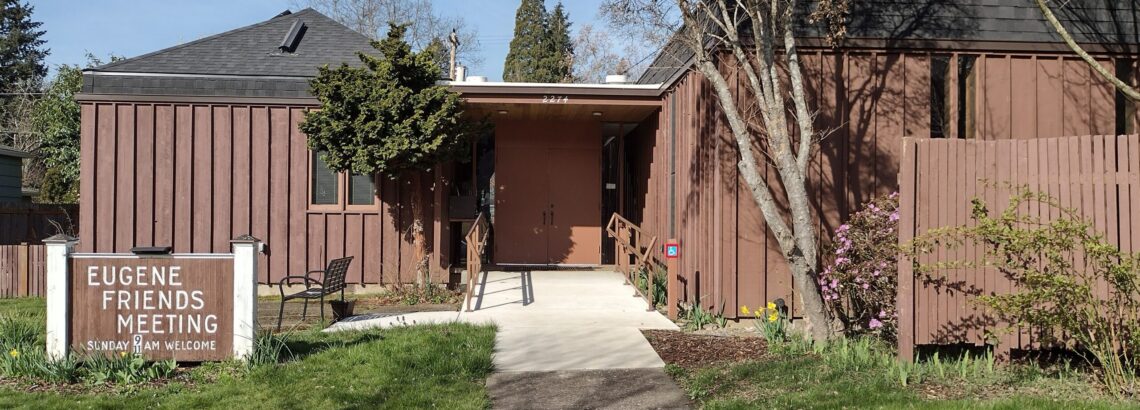
Forest fires are natural and important. They shape our ecosystems. Meadows and grasslands often exist because past fires kept trees and shrubs from growing there. Many species are dependent on fire’s natural role. Fires shape plant and animal communities and ecological processes, including water and nutrient cycling.
Fire on the east and west sides of Oregon are very different. East side fires are frequent and low intensity, which means they are easier to control (and predict). West side fires are infrequent and intense.
The OSU Extension Fire Program’s publication on the Ecological Effects of Fire explains Oregon’s fire regime’s:
“A fire regime is the general pattern in which fire occurs over time in a particular ecosystem. Fire regimes are shaped by the climate, vegetation, and frequency and pattern of ignitions. … Fire regimes are usually described by how often fires burn and how intense they tend to be. … Oregon has diverse fire regimes across the state.
Forests in the Coast Range, parts of the western Cascades and in some mountainous areas rarely burn. But when they do, large areas are often completely killed by stand-replacing crown fires that engulf entire stands of trees. Most of the time, these forests are too moist to burn, or they lack enough lightning (and/or human ignitions) during their short dry season. For this reason, they are called ‘climate and ignition limited.'”
Historically our west side forests only experienced burns every 100-400 years. As we all know, west-side “moist” forests are experiencing longer fire seasons, larger burns, and increased wildfire risk, due to climate change and other human-caused problems: Snow pack is declining, warm and dry conditions are increasing, invasive species, pests, and diseases are increasing, and humans are encroaching more and more on forested land, increasing the risk of ignition. These trends are expected to continue in the future with climate change.
In “A ‘New Normal’ for West-Side Fire”, the USFS Pacific Northwest Research Station, says:
“The unprecedented 2020 wildfire season offered a glimpse into the possible ramifications of increased fire risk on the west side, including threats to communities. The population of western Oregon and Washington is growing, including the number of people living in the wildland-urban interface where fire risk is a significant concern. The high population density on the west side increases vulnerability and makes it challenging for fire fighters to protect people, property, water supplies, timber, and wildlife habitat. … Understanding complex forest and climate dynamics associated with more wildfire is crucial for managing west-side forests to sustain the health and safety of local communities.”
As I said last week, one of the top concerns of environmentalists is the clause in forest plans that allows for “proactive management” in support of fire resiliency: thinning forests to protect against wildfire and insects and disease. The Forest Service resists a firm ban on logging old growth because it would make it harder to thin forests to protect communities against wildfires that have grown more severe as the planet warms.
For some forests, logging small-diameter trees ahead of prescribed burns is necessary, a consensus reached by many tribes and scientists. The fear is that thinning will go too far. Thinning out all the trees around a few old growth trees is clear-cutting in all but name. We need to ask the scientists to explain the impact of proactive management activities on Western Oregon forests, as to whether or not they actually prevent fires from spreading and destroying old growth trees.


